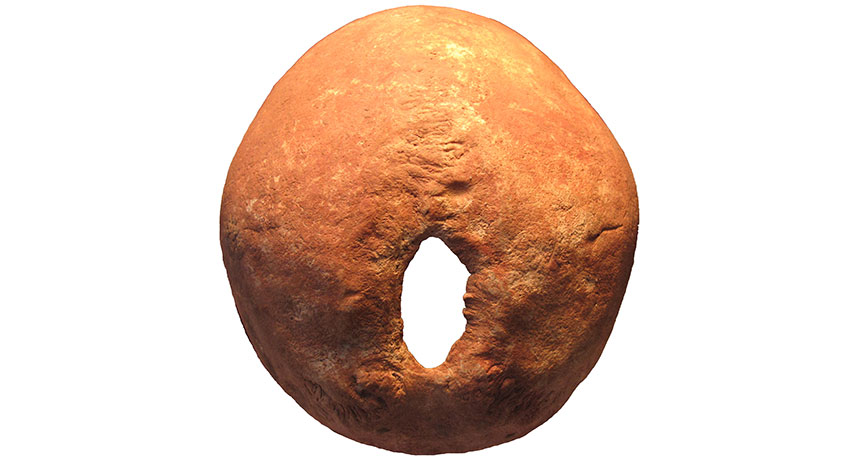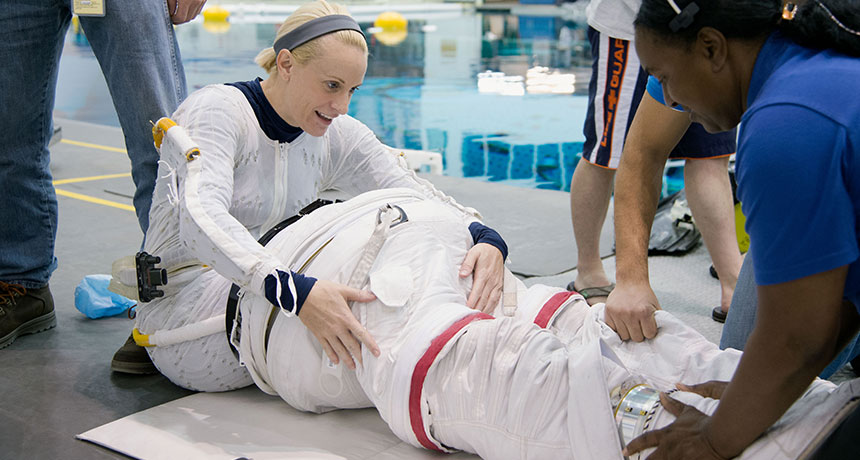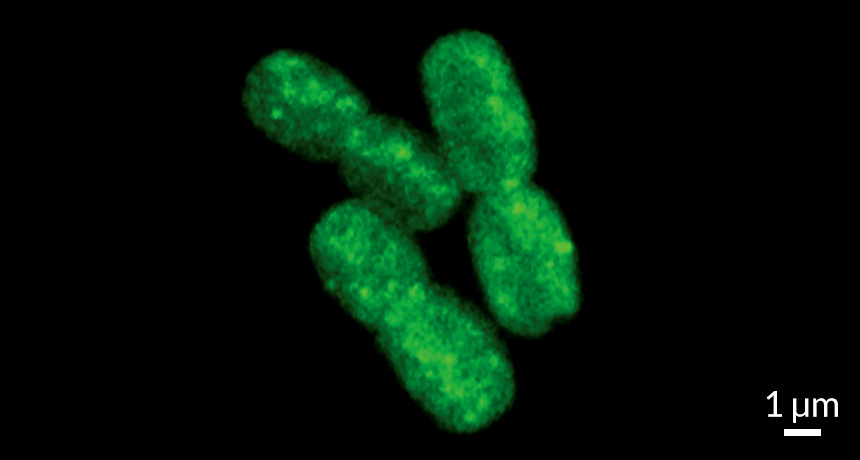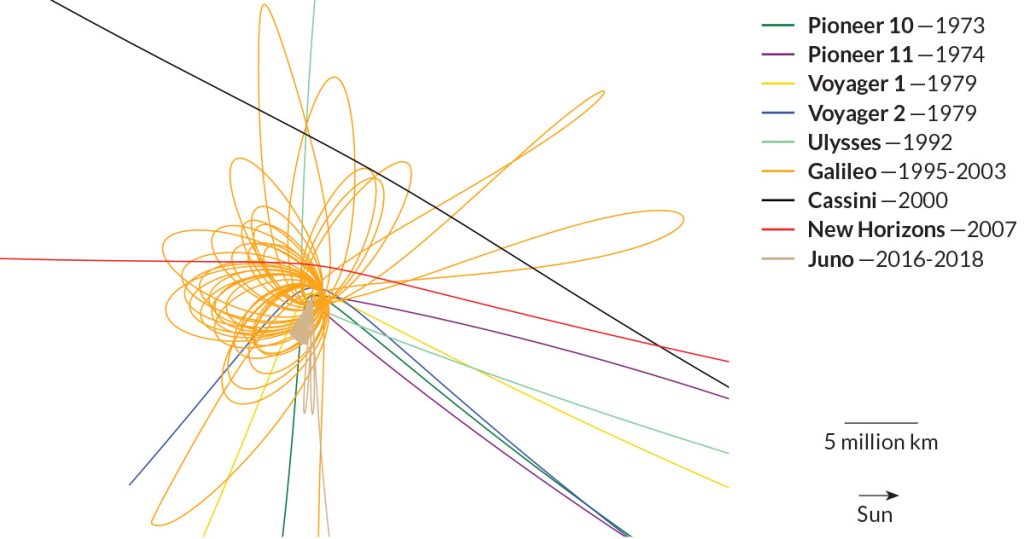Risky skull surgery done for ritual reasons 6,000 years ago

Surgery has some surprisingly ritual roots.
Between around 6,000 and 4,000 years ago, skilled surgeons in southwestern Russia cut holes the size of silver dollars, or larger, out of the backs of people’s skulls. But the risky procedure wasn’t performed for medical reasons: These skull surgeries fulfilled purely ritual needs, a new study suggests. And those on the cutting end of the procedure usually lived.
Skulls of 13 people previously excavated at seven ancient sites in this region contain surgical holes in the same spot, in the middle of the back of the head, say archaeologist Julia Gresky of the German Archaeological Institute in Berlin and her colleagues. That’s a particularly dangerous location for this kind of skull surgery, also known as trepanation, the scientists report online April 21 in the American Journal of Physical Anthropology. It’s not an area of the skull typically targeted in ancient trepanations, which go back roughly 11,000 years in West Asia.
“There may have been an original medical purpose for these trepanations, which over time changed to a symbolic treatment,” Gresky says.
Archaeologist Maria Mednikova of the Russian Academy of Sciences in Moscow agrees that skulls in Gresky’s new study probably represent cases of ritual trepanation. She previously examined some of the same skulls. Trepanation may have been used in some ancient cultures as part of a rite of passage for people taking on new social roles, Mednikova speculates.
Carving a center hole in the back of peoples’ heads was a potentially fatal procedure. Surgeons would have needed to know precisely how deep to scrape or grind bone to avoid penetrating a blood-drainage cavity for the brain. They also had to know how to stop potentially fatal bleeding of veins nicked during surgery. The procedure must have been performed as fast as possible to minimize bleeding, the researchers suspect.
Yet 11 of 13 skull openings show signs of healing and bone regrowth, indicating that these individuals survived the operation and often lived for years after. The researchers identify six males and six females in the skull sample. One specimen’s sex couldn’t be determined from skull features.
Most individuals died between ages 20 and 40. One female with a layer of bone that had regrown from the inside border of a trepanation hole died between ages 14 and 16, suggesting her skull surgery had occurred as young as age 10, the researchers estimate.
CT scans, X-rays and analyses of bone surfaces produced no evidence of injuries or brain tumors that could have motivated surgery. Ancient skull surgery intended as a medical treatment often involved holes on the side of the head, near fractures from some type of blow to the head (SN Online: 4/25/08). It’s impossible to determine from bones whether trepanations were aimed at treating chronic headaches, epilepsy, psychological problems or difficulties attributed to evil spirits.
Other evidence, in addition to the risky and unusual location of trepanation holes, points to ritual skull surgeries in southern Russia, Gresky says. Many of these individuals were interred according to special customs, suggesting they ranked high in their societies. For instance, the skulls of seven people buried in a pit at one site had been grouped together near bundled fragments of limb bones in a special display. Incisions on the limb bones indicate that bodies had been dismembered after death before being ritually buried. Of the seven skulls, five display surgical openings at the back of the head. Another contains scrapes from a partial trepanation. Partial trepanations were probably intentional rather than unfinished, with their own cultural significance, Mednikova says.
Trepanation holes on the sides of another six skulls found at the same southern Russian sites were probably made to treat medical conditions, Gresky says. Surgical openings on several of these skulls are located near bone fractures.
Rituals and meanings attached to ancient trepanations in southern Russia will remain mysterious, Mednikova predicts. “We don’t know the myths and religions of tribes that lived there 6,000 years ago.”








